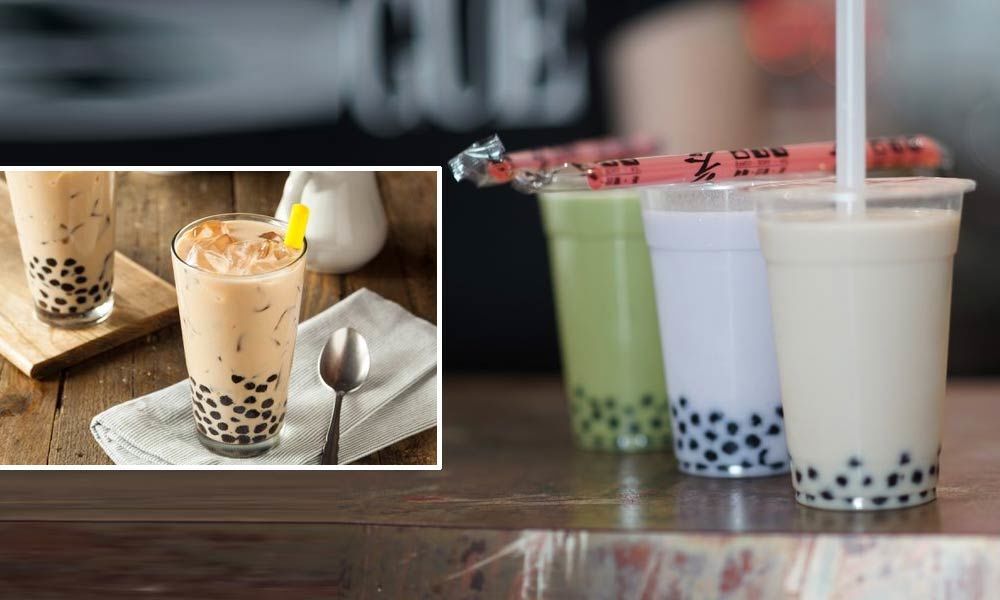The Sweet Asian Bubble Teas - Tapioca

Most of us who've ever had Tapioca known out to be the chewy, small pearls in a bowl of pudding.
Most of us who've ever had Tapioca known out to be the chewy, small pearls in a bowl of pudding. Or maybe the bigger, still chewy balls floating around in the now- globally-popular Sweet Asian Bubble Teas. But not many of us actually know what these pearls are-- what they're actually made of or where they come from. We're going to fix that.
This is what tapioca pearls look like before they're added to some of our favorite sweets.
And this is what tapioca looks like before it's been made into cute little pearls.
The photo of above is of Casava root which is also known as Yuca in some parts of the world. It's mainly cultivated and eaten in tropical regions; it started off in Northern Brazil but eventually made its way across the Southern America continent and over to Africa and Asia. It's prized for its ability to grow in low-nutrient soils and harvest quickly It's also loved for its culinary versatility. Casanova can be mashed, cooked into soups or fried into, well, fries. And it's also used to make tapioca. This is how it looks when it is made into flour.
Tapioca is a starch extracted from the cassava root. It is used as a thickening agent in many foods. It has a similar texture to the corn starch.
It has multiple health benefits too...Like people who limit their consumption of carbs or who are concerned about how starches impact their blood sugar levels may perceive tapioca as unhealthy. Tapioca is high on the glycemic index scale. The glycemic index measures how fast blood sugar levels increase after eating.
Let's take a look at the nutritional information for Tapioca.
1. It is free of Common allergens as tapioca is gluten free, nut free and grain free. it won't cause any problems for people with celiac disease, gluten sensitivity, and nut allergies. It is also an alternative to thickening soups, sauces, and pie fillings.
2. Cholesterol - Free
Tapioca is Cholesterol free. High Cholesterol may cause a buildup of plaque in your arteries, Which is known as atherosclerosis. Left unchecked, atherosclerosis may lead to angina, heart attack, and stroke.
3. Has dietary fiber
A cup of tapioca pearls has about 1.5 grams of dietary fiber. It's not a lot, but it can help you meet the daily recommended value of 21 to 38 grams. Most people don't consume nearly enough fiber. Yet fiber offers many health benefits such as lowering of cholesterol, Maintaining blood sugar levels, and preventing constipation.
4. It is easy to digest
Tapioca is known for being easy on the stomach. Many people find it easier to digest than flours made with grains or nuts. Tapioca may be recommended as a source of calories and energy during digestive flares from conditions such as irritable bowel syndrome and diverticulitis.
5. Supports Weight Gain
If you need to gain weight fast, Tapioca may help. One cup of tapioca pearls has 544 calories and 135 carbs.
If you eat a couple of bowls of tapioca pudding which contains additional calories, carbs, and fat. a day, and add tapioca to other foods, you have a good chance of packaging on pounds without the negative effects of consuming too much fat and cholesterol.














